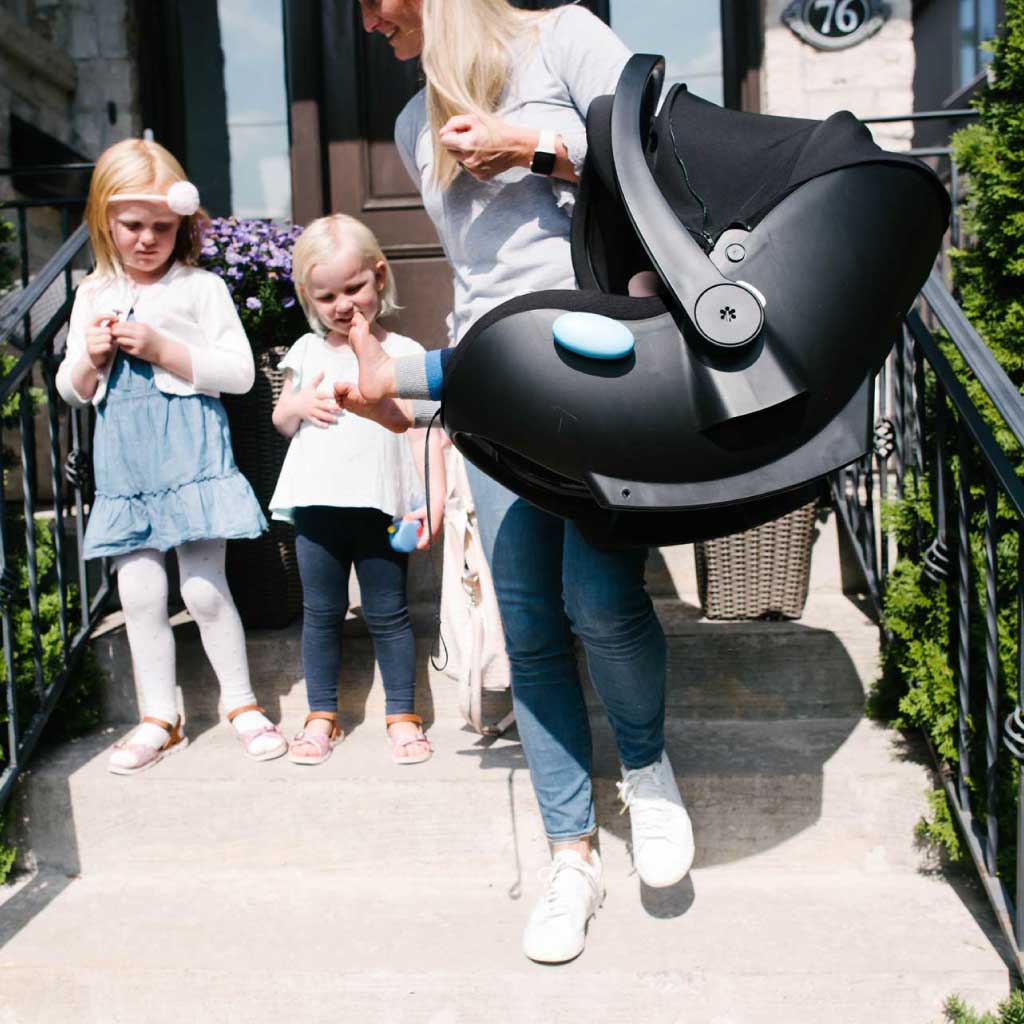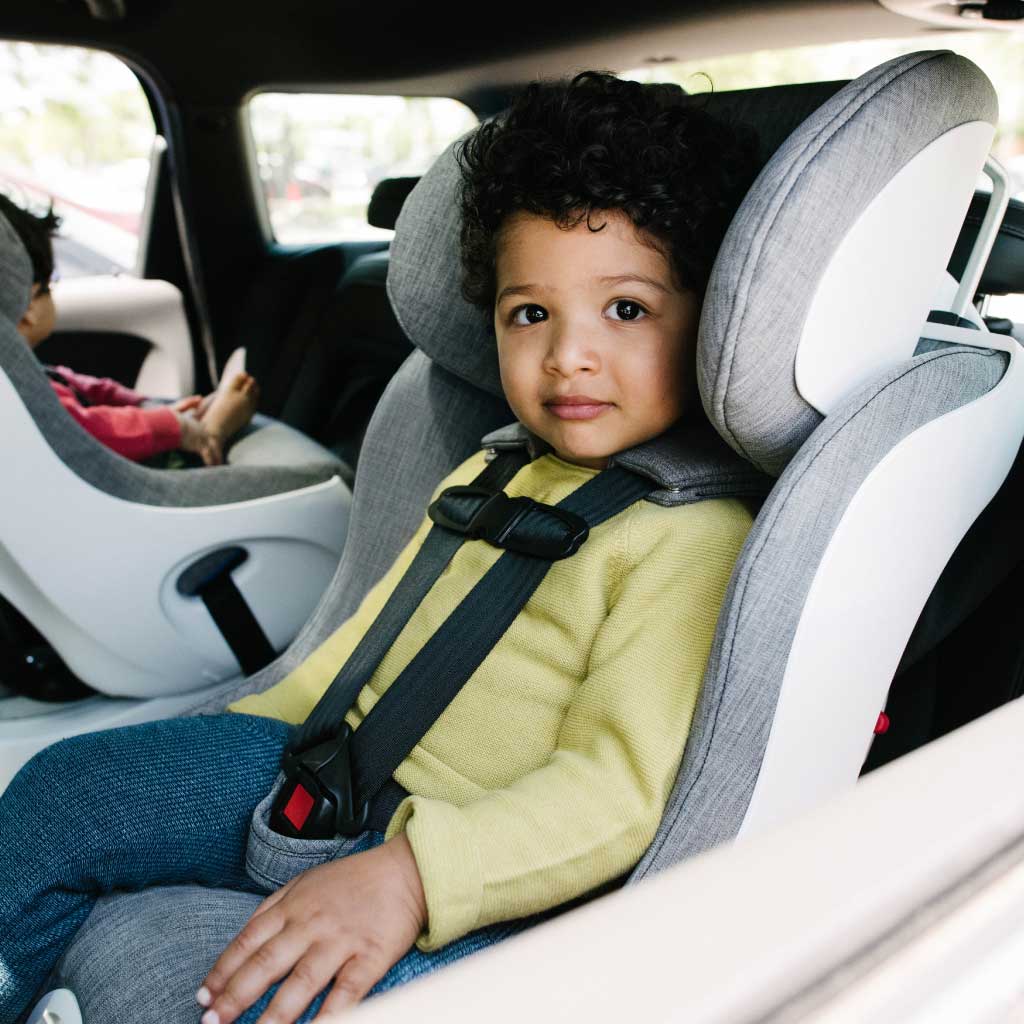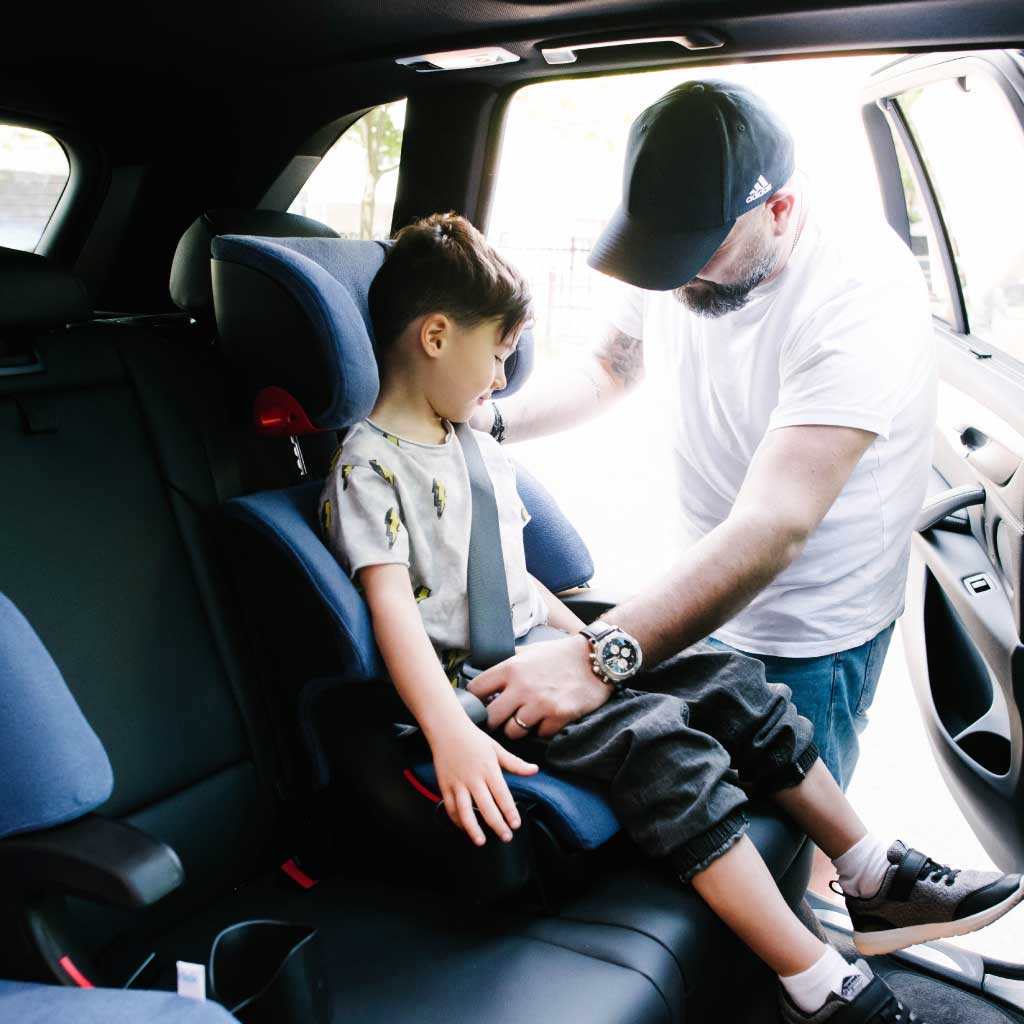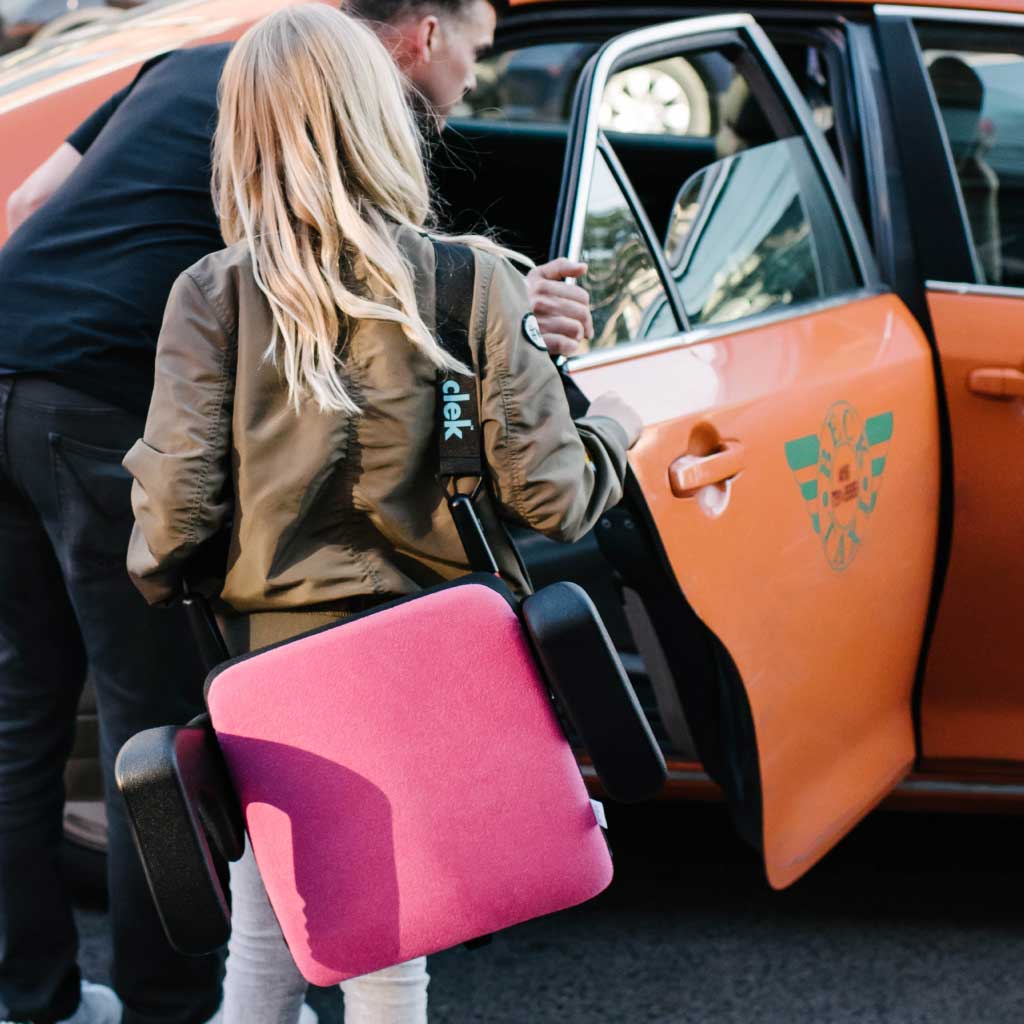Clek has long been a proponent of extended rear-facing, which is why we have not one, but two convertible seat options that have been designed to international best practices, which is to allow your child to remain rear-facing until their 4th birthday.
Today we are happy to see that recommendations in the U.S. are catching up to what we already know to be true, that rear-facing is the safest way to ride. The AAP (American Academy of Pediatrics) released a revised guideline on car seat safety, dropping their previously stated 2 year age criteria for rear-facing, and now instead recommend kids ride rear-facing as long as possible, up to the limits of their car seat.
Children should ride in a rear-facing car safety seat as long as possible, up to the limits of their car safety seat. This will include virtually all children under 2 years of age and most children up to age 4. - Benjamin Hoffman, M.D., FAAP
While this may not seem like a big deal on paper, this is encouraging to see policy statements promoting what we know as best practice in car seat safety.
When it comes to changing laws, however, we are likely to see the age criteria remain for the foreseeable future.
The limits of different seats cannot be put into law as there are many variances. But we can still list ages in our car seat laws, relying on growth charts and availability of seats. Many states have updated their laws to require children rear-face until age 2, and we hope to see more states follow suit.
Rear-facing protects the most fragile parts of a young child's developing body in a collision: their head, neck, and spine. Positioning the car seat to face the back of the vehicle gives your child the best possible protection in a crash.






